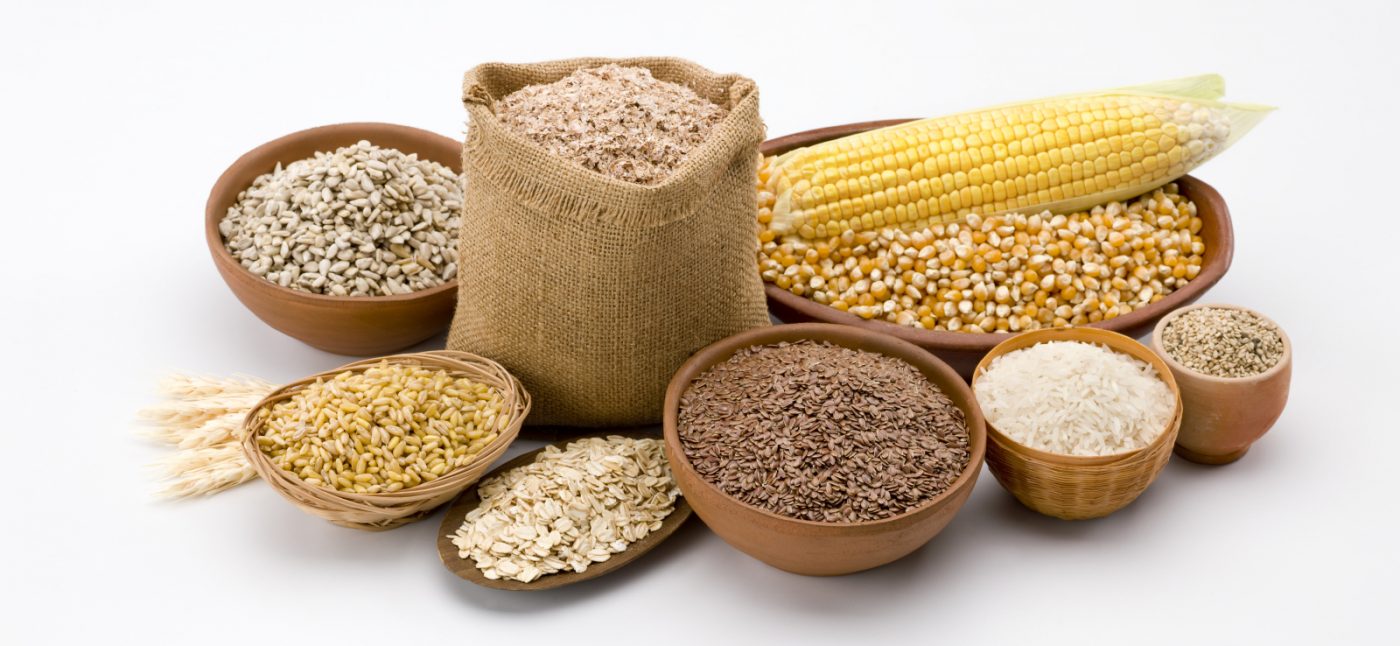СОВЕТЫ ПО КРАСОТЕ
Food Groups at a Glance — Grains & Cereals
What are the functions, food sources and serving sizes of different food groups?
Understanding how different food groups serve different purposes in meeting our nutritional needs and maintaining our health would explain why you have to vary your food choices among them every day.
Food Groups at a Glance — Grains & Cereals
Nutritional Value
Carbohydrate, B vitamins (such as vitamin B1, B2 and B3), iron, dietary fibre.
Major Functions
Carbohydrate serves as the major source of energy for our body while the B vitamins help our body utilize energy generated from carbohydrate.
Iron forms part of red blood cells which transport oxygen in our blood.
Dietary fibre promotes proper digestion; prevents constipation and intestinal diseases.
Food Sources
Rice, noodles, cereals, oatmeal, spaghetti, bread, crackers, macaroni, etc.
Definition of Serving Size
1 serving is approximately defined as:
- 1 bowl or about 200 grams of rice (white or brown rice).
- 1 bowl of egg noodle, oatmeal, spaghetti, rice noodle, macaroni or vermicelli (without soup).
- 2 1/2 bowls of congee.
- 2 slices of bread with skin (white or wheat).
Remark: 1 bowl is about 240 ml.
Health Tips
- People who are physically active such as teenagers and athletes have increased requirement for this food group.
- Increase your fibre consumption by choosing whole grains such as brown rice, whole wheat bread, wheat crackers, oatmeal and whole grain cereals.
- Grains are naturally low in fat but please be careful with grain products that are added with fats or oils. For example: fried rice, fried noodles, instant noodles, pastries, cakes, crackers with cream filling and toasts with butter, margarine or peanut butter.
Source: Health Zone – Central Health Education Unit HKSAR Department of Health

 English
English Français
Français العربية
العربية 中文 (中国)
中文 (中国) 中文 (香港)
中文 (香港)
